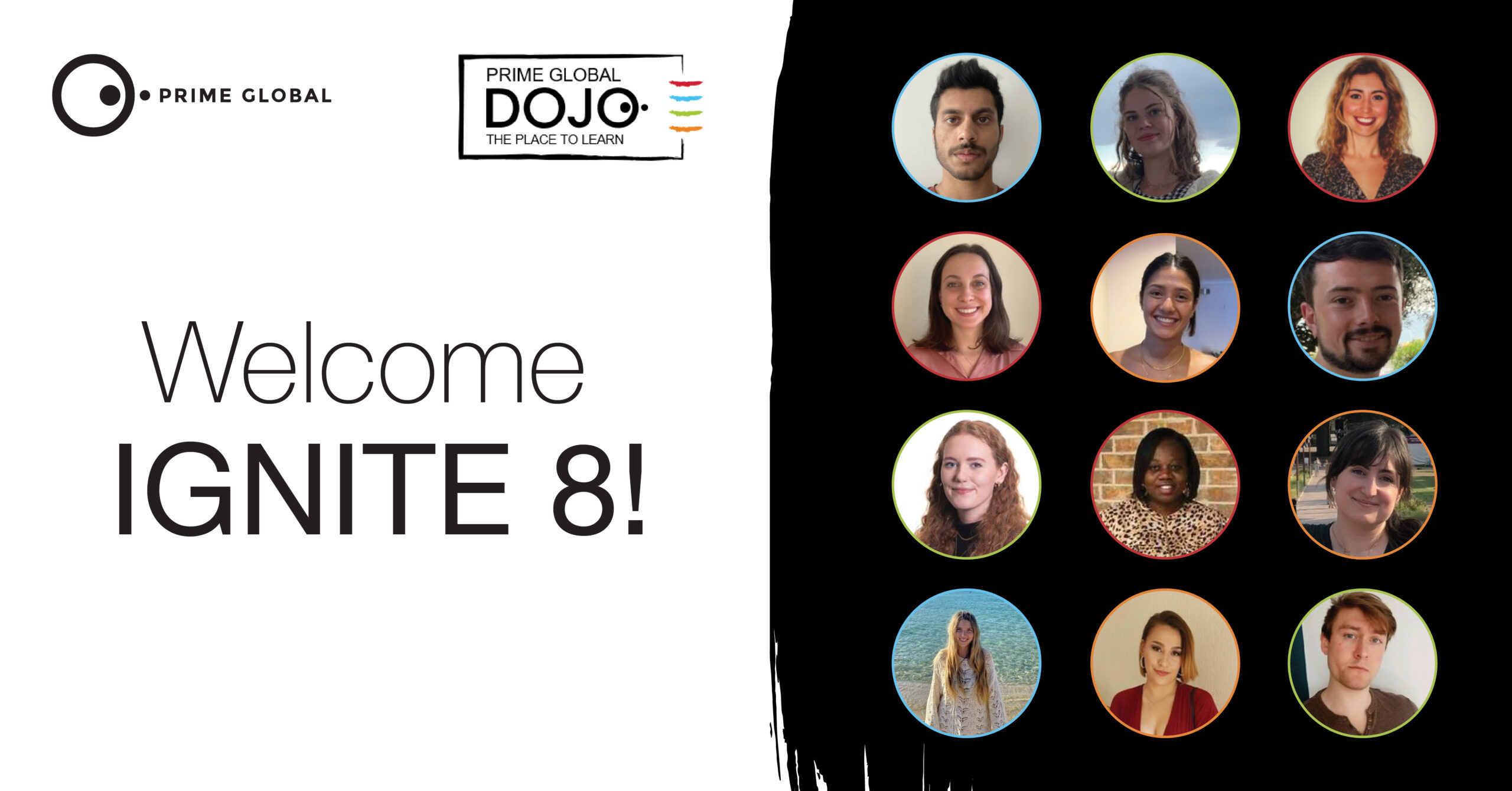Prime Patient team up with Jess Duggan from the SynGAP Research Fund to better understand what this advocacy group wants Pharma to know this Developmental Disabilities Awareness Month.

SynGAP proteins are found in the junctions between brain cells and play an important role in signalling between these cells
SYNGAP1-related intellectual disability (‘SYNGAP1’) is a neurodevelopmental condition caused by changes in the SYNGAP1 gene. This gene provides the genetic blueprint for an important protein (SynGAP) found at the junctions between brain cells, and changes in the gene result in the production of SynGAP proteins that do not function as they should. Intellectual disability is the predominant feature, with other features including epilepsy, autism, and many more. Most ‘Syngapians’ are non-verbal and face severe communication challenges.
Patient advocacy groups can be real powerhouses, and the SynGAP Research Fund (SRF) is no exception. Given the mentally/cognitively disabling nature of SYNGAP1, SRF is run by parents and caregivers who advocate on behalf of Syngapians. On top of huge caring responsibilities, SRF advocates conduct proactive community education, recruit families into studies, and identify and integrate SYNGAP1 families into their community of peers.
For this Developmental Disabilities Awareness Month piece, we were lucky to partner with SRF advocate Jess Duggan, whose daughter received a diagnosis of SYNGAP1 in 2019.
Patient groups and industry share common goals and are stronger together

Jess highlights that patient organisations and pharmaceutical companies undoubtedly have two things in common: the desire for a greater number of safe, effective treatments and the desire to bring treatments to market as quickly as possible. The unmet medical needs faced by Syngapians are significant; SYNGAP1 impacts every aspect of daily life, requiring intensive medical intervention and a level of supportive therapy that can dominate the majority of a Syngapian’s childhood. Patients can struggle to tolerate medication side effects, and treatment for one symptom may worsen the presentation of another. This can lead to a ‘prescription cascade’ of drugs to mitigate side effects of others.
A targeted therapy directly addressing the underlying cause of SYNGAP1 would be likely to bring better benefits and less severe side effects compared to currently available treatments, which is why Jess and other SRF advocates are so keen to ‘bang the drum’ for research in this area: “Developmental disabilities with known genetic aetiologies like SYNGAP1 have clear potential for targeted treatments, and the value to be realised is enormous”, says Jess. “Being able to live seizure-free, communicate, navigate a playground, understand danger, feed themselves, even make a friend – these are life-changing opportunities that could be available for Syngapians if they were able to receive disease-modifying treatments.” Importantly, drug developers must be mindful of adult patients; as SYNGAP1-specific genetic testing is relatively new, many Syngapians identified to date are children, but these young patients will grow into adulthood and those who are already grown up are also in need of better treatment.
To help achieve advance treatment options, it is SRF’s hope that industry partners will be keen to leverage SRF’s established apparatus, networks, and lived experiences to obtain the insights and data needed to make these much-needed treatments a reality. Healthcare professionals will attest to the value of learning from SRF; as Jess explains, clinicians often refer families directly to the SynGap Research Fund (SRF) and believe that fellow parents will have more insight than professionals into how to best manage the day-to-day care associated with SYNGAP1.
Targeted treatments are the intended future – but what can be done now, aside from drug research?

As there are as yet no SYNGAP1-specific pharmaceuticals on the market and the condition is so heavily under- or misdiagnosed, community support and knowledge exchange pose a key opportunity for pharmaceutical companies to bring immediate benefits to this community. By supporting advocacy and information dissemination, industry partners can help ensure those affected by SYNGAP1 are supported in the veritable odyssey of demystifying this newly identified condition and bringing this largely undiscovered community together so valuable knowledge and support can be shared. Looking ahead, the more Pharma can bolster these efforts, the greater the chance companies have of recruiting enough clinical trial participants and gathering precious insights for much-needed research.
As with any condition, it is important that pharmaceutical companies build long-term relationships with the SYNGAP1 community so needs and preferred outcomes are better understood, and meaningful solutions can be delivered. One-off collaborations may have some limited, short-term benefit, but sustained partnerships are necessary to realise the potential of PAG insights and evolve awareness into effecting patient-centric business strategies.
How can pharmaceutical companies make partnerships easier?
Jess tells us that the vast majority of communication and collaboration undertaken through SRF is conducted online, as the high caregiving burden associated with SYNGAP1 means that synchronous communication and attending in-person events can often be difficult (sometimes impossible) for families, even if the drive to participate is incredibly strong. Therefore, if Pharma companies were to avoid relying on live meetings for communication with groups like SRF and prioritise the provision of on-demand resources, this flexibility would be greatly appreciated by SYNGAP1 families, as they likely only have limited opportunities to take the time involved with such activities each week.
When aligning on objectives, it is important for pharmaceutical companies to understand patient group priorities regarding organisational activities as well as eventual outcomes. In the case of SRF, Jess explains that as a rare disease patient advocacy organisation, raising awareness of SYNGAP1 must constantly be prioritised, as without getting the word out, the chances of securing support to advance scientific progress are relatively slim. Thus, a useful first step for pharmaceutical companies would be to partner with SRF and combine the strengths of each’s platforms and networks to publish more data and educational information. Jess adds that as well as the immediate short-term benefits of boosting the chances of commitments to research, partnering in this way engenders trust and goodwill across the community prior to the start of any trials or other collaborations, increasing the likelihood of successful engagement with the SYNGAP1 community (and thus further progress) in future.
Conclusion
SYNGAP1 dominates the lives of affected patients and their families, but SRF have a clear vision for how Pharma can help people living with this little-known condition. While Syngapians as a specific community would have slipped under the radar prior to the advent of SYNGAP1-specific genetic testing, the blossoming of this advocacy scene now provides a multitude of opportunities for the pharmaceutical industry – opportunities which will only grow as Syngapians continue to be discovered.
Check out our Patient Voice Publication co-created with SRF here
For more information about SYNGAP1 or SRF, head to https://www.syngapresearchfund.org/




